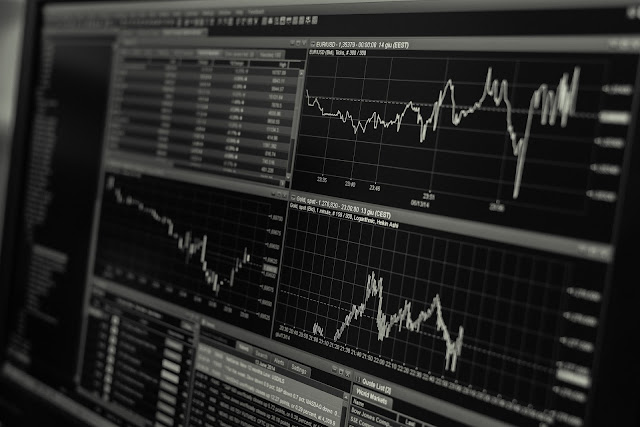
Most of us know what the Dow Jones is even if you are not an investor, but if you are going to start playing the stock market in earnest, you need to get a bit more acquainted with how it works and what signals you need to look out for.
You might also want to read about Money Morning when you are looking for news and data to help you with your stock picking, along with some helpful apps and other tools that are all designed to try and give you an edge and keep you informed.
Getting To Know This Famous Stock Market Barometer
Officially known as the Dow Jones Industrial Average, but simply referred to by most investors and commentators as The Dow, it is basically an index that tracks a group of high-profile stocks in order to serve as a barometer regarding market sentiment.
If the Dow rises or falls, this is normally an indication of where markets are headed and how much confidence there is amongst investors. The most obvious drawback attached to using the Dow as a reliable indicator is the fact that it only tracks a basket of just thirty companies, which is at odds with the FTSE 100, which is the UK equivalent and tracks the price of 100 companies.
Regardless of this fact, the Dow Jones is still one of the closely watched stock market indexes around the globe.
How It Is Structured

The Dow Jones has plenty of history behind it, having been created way back in 1896, making it the second-oldest index in the country, with only the Dow Jones Transportation Average boasting a longer history.
Despite its familiarity, it is not always completely understood what the Dow is really intended to measure or how to make full use of the information it is providing. Understanding how it is structured will help to interpret the data in a more meaningful way, and allow you the chance to profit from your greater level of investment knowledge.
The thirty stocks are blue-chip companies and household names that are familiar to many of us, but in recent times, a dwindling number of companies in the Dow are what you would class as industrials, accounting for just 20% of the basket of stocks.
The paradox of this scenario is that industrials are still the largest individual sector represented, followed by consumer services and technology making up over 30% of weighting between them.
What all this means is that despite the fact that just 30 blue-chips make up the Dow Jones, all the major sectors are represented, from financials to oil and gas, consumer goods and telecommunications plus others.
Understanding The Price-Weighting Factor
Probably one of the biggest perceived criticisms of the Dow is due to the fact that it is a price-weighted index.
The simple explanation of what this means is that each of the 30 companies is allocated a weighting based on its stock price. This is different to the normal method of compiling an index like this, which involves a weighting that is based on market capitalization.
It might be fundamentally different to the S&P 500 in that respect alone, but there is no real evidence to suggest that either method is inferior to the other. The main point to take on board is that they are different, and if you are going to interpret their figures successfully, you need to understand how they are being presented to you.
Apps To Help You Trade
Once you have got to grips with how the Dow works, you might want to look at downloading some apps that could be useful in helping you identify and make some trades around it.
Stocks Tracker is a real-time stock and forex trading app, which offers you access to useful charts, stock-tracking tools and a trading platform when you need it on the go.
There are many apps available, such as The Street, and GainLoss Calculator amongst others, so you are highly likely to be able to find what you want. Some of these tools are free, others charge a small fee to download or charge a subscription, but this is not necessarily a guide to their particular value, as some of the free apps are still likely to be able to provide you with the data that you are looking for.
If you have decided to trade the markets, understanding how the Dow Jones works and what the index is telling you, could give you the edge you might need to spot a potentially profitable trade.
Anna Herbert enjoys sharing her passion for numbers and the stock market in her articles which appear around the web. She is an investment banker who thanks her Grandfather for sharing his passion with her so that she can pass it on.